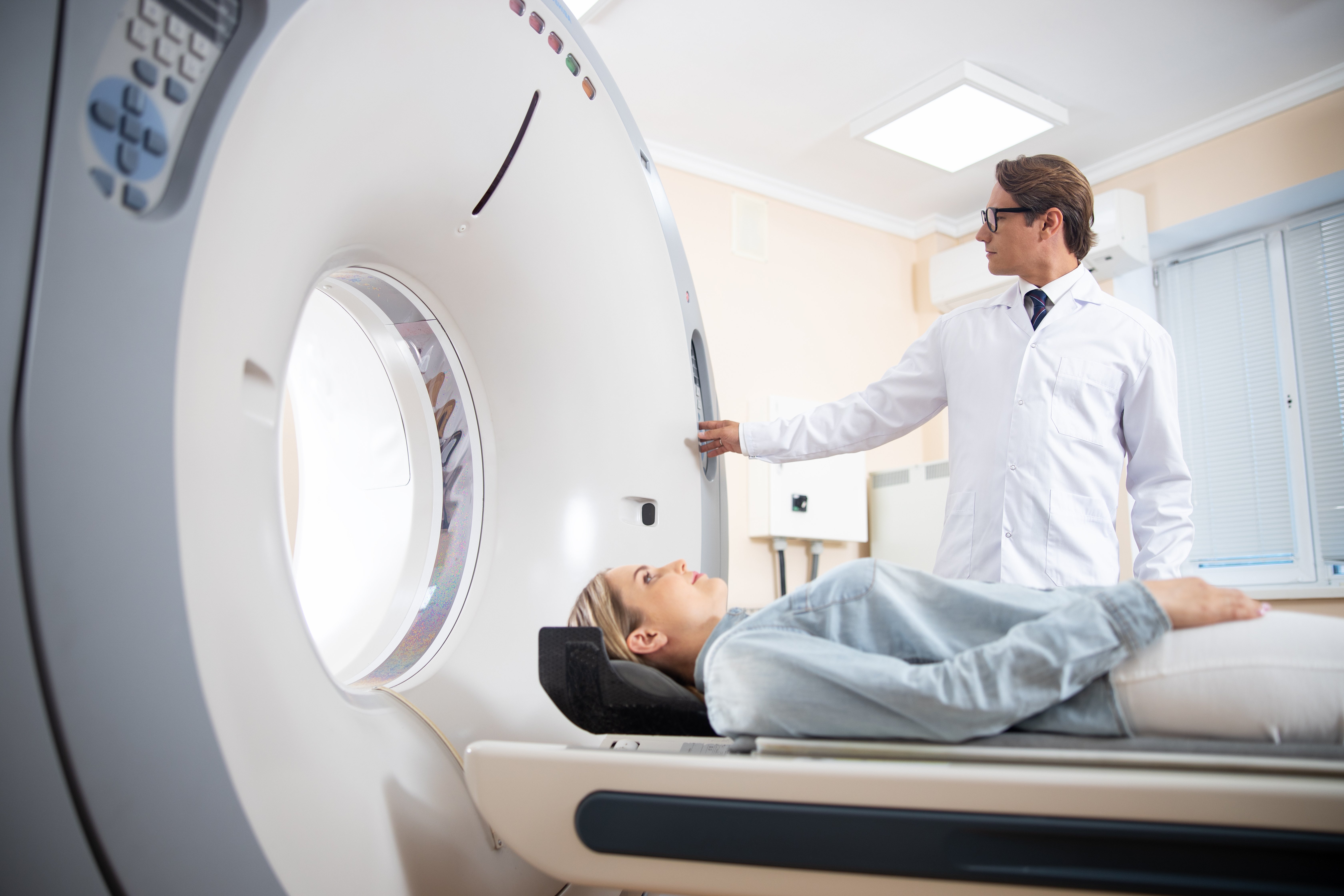Background
A computed tomography scan, usually referred to as a CT scan, is a computer-controlled X-ray procedure that gives physicians a detailed view of the internal structures and tissues of the body. The procedure is commonly used to diagnose diseases and evaluate traumatic injuries. A thoracic CT scan focuses on the patient’s chest (or thorax) and is used to provide images of the heart, lungs, and upper abdominal area.
Certain CT scans require the use of a contrast dye, which is typically delivered orally or intravenously, to highlight certain areas or tissues and provide additional clarity and detail in the image. CT scans are generally ordered and performed “with contrast” or “without contrast” depending on the clinical situation.Sometimes, a CT scan is performed both without contrast and then with contrast, known as a “combined” or “with and without contrast” scan. Such combined CT scans are the subject of this report.
About the measure
The quality measure used in this report, Thorax CT—Use of Contrast Material, calculates the percentage of chest CT scans that are performed as combined (with and without contrast) scans out of all chest CT scans over a one-year period.
The measure aims to identify and reduce the overuse of combined chest CT scans. Combined CT scans (with and without contrast) expose patients to double the X-ray radiation of a single scan. While sometimes clinically necessary, combined CT scans generally increase patient risk with little benefit.
This measure has been publicly reported by the measure steward, the Centers for Medicare & Medicaid Services (CMS), as a component of its Hospital Outpatient Quality Reporting (HOQR) Program. This metric is endorsed by the National Quality Forum (NQF) with metric number 0513.
Data and methodology
This report is generated using Medicare fee-for-service (FFS) claims data and Amino’s commercial insurance claims for calendar year 2018. Following the measure guidelines, this report summarizes the rates of combined chest CT scans out of all chest CT scans at the national level and for each state.
The metric is evaluated with the following numerator and denominator eligibility and exclusion rules:
Numerator Eligibility
Of claims in the denominator, the number of thorax CT studies with and without contrast (combined studies).
Denominator Eligibility
The total number of thorax CT studies performed with contrast, without contrast, or both with and without contrast (combined studies).
Exclusions
Any claims with diagnosis codes associated with:
- Crushing injury
- Internal injury of chest, abdomen, and pelvis
- Non-traumatic aortic disease
Professional component (PC) claims (i.e. 26 modifiers) are not included in the calculation to avoid double counting.
Results
National results
The measure results computed on nationwide data from each data source in 2018 are as follows:
Percentage of combined chest CT scans out of all chest CT scans, nationwide (lower is better)
|
Data source |
National result |
|
Amino’s commercial insurance claims |
1.8% |
|
Medicare fee-for-service (FFS) |
1.3% |
|
Commercial + Medicare FFS |
1.5% |
These results are calculated as the percentage of chest CT scans performed as combined studies (with and without contrast) out of all chest CT scans (without contrast, with contrast, and combined) that did not fall within the exclusion criteria.
State-level results
The measure results computed on data for each state in 2018 are as follows, again broken out by data source:
Additional information
Amino has created and published this report as part of our participation in the CMS Qualified Entity (QE) Program. For more information about Amino, the QE program, and the measure used in this report, refer to the following:


